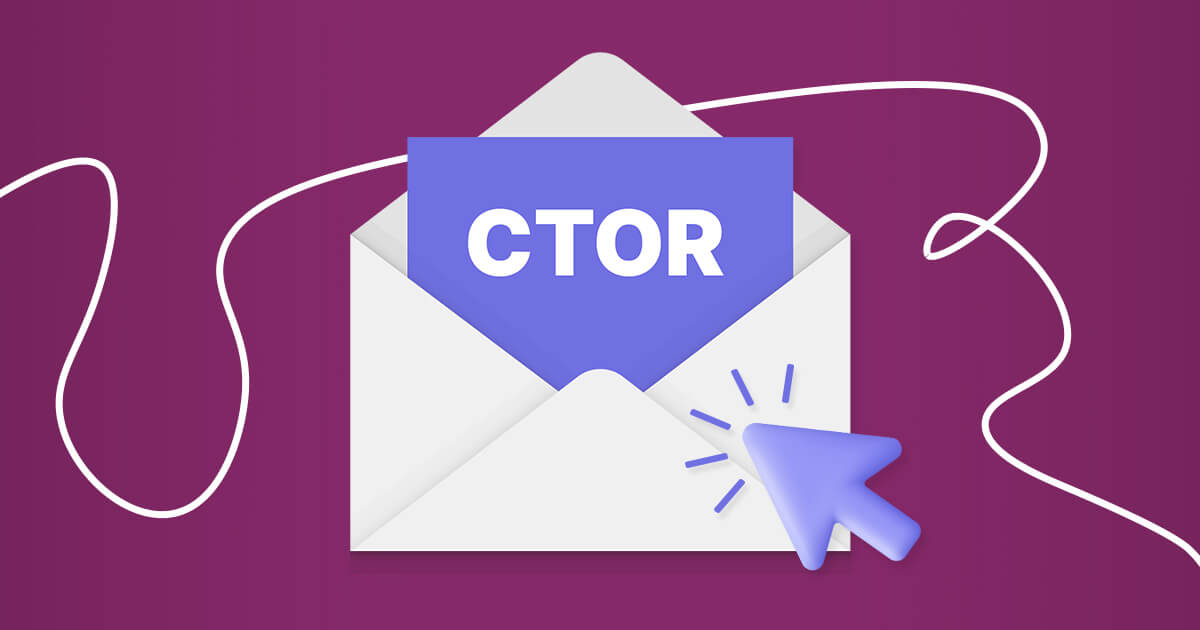Pay attention to the design
You can increase the effectiveness of your email by following these email design tips.
- Use images that are visually appealing.
- Write an engaging copy that emphasizes how your product can improve the reader’s experience.
- Use calls-to-action to guide the reader to links.
If you want people to actually read your email, you need to make it visually interesting. That means using images, videos, and other engaging content to break up the text. Otherwise, people will quickly lose interest.
Using a responsive design ensures that your email can be read easily on any device, whether it is a desktop computer, laptop, or mobile phone. This way, you can maintain a consistent look and feel for your email across all devices, and improve the user experience.
This Good Eggs company meets all of the requirements above. The image is attractive, the copy is concise and well written, and the CTA is prominent and easy to click.























